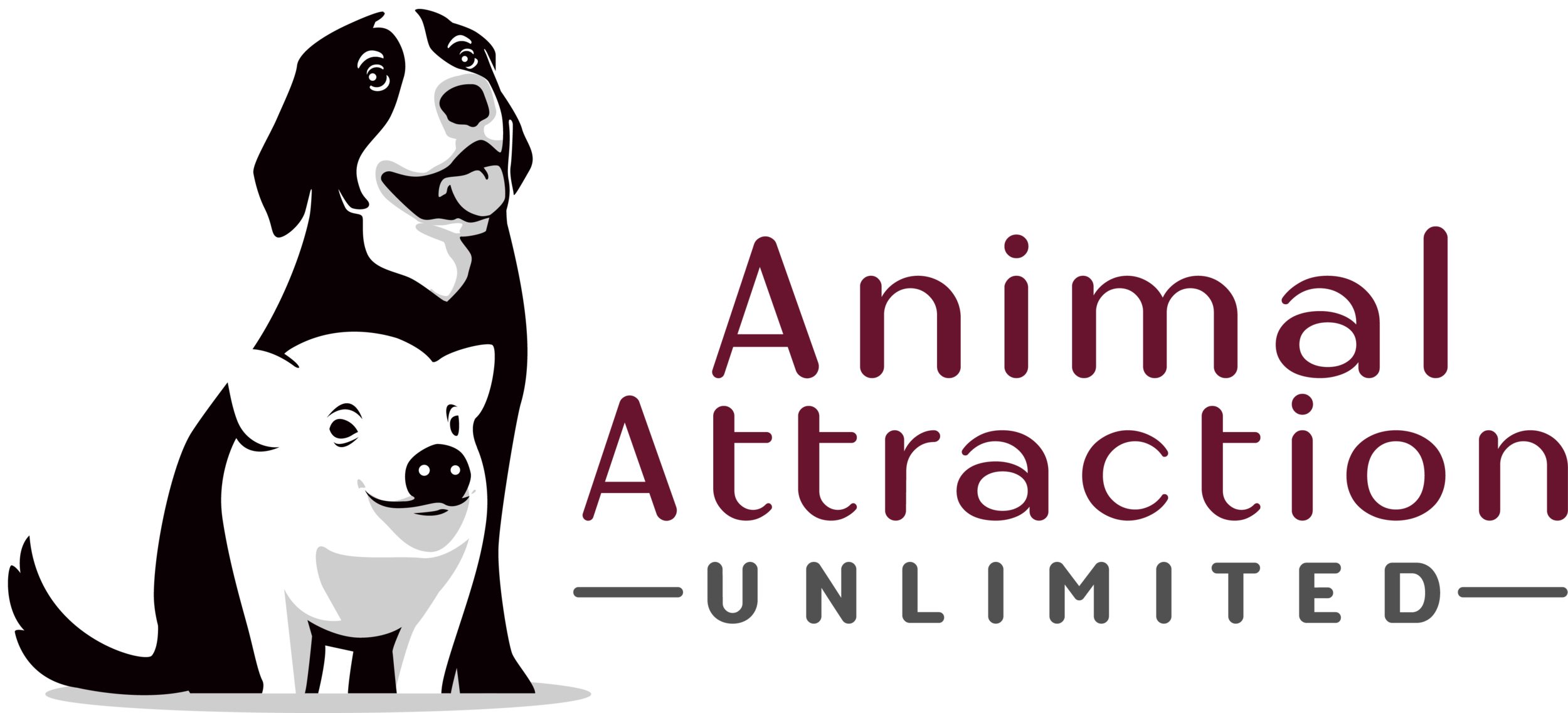Confident and Calm Dogs: Teaching Polite Social Interactions
We all beam with pride when someone describes our dog as "friendly." It conjures images of wagging tails, playful bows, and gentle nudges. But while friendliness is a wonderful foundation, true social grace in our canine companions goes far beyond simply tolerating other dogs and people. It's about polite social behavior – the ability to interact respectfully, calmly, and appropriately in a variety of situations.
Think of it like human etiquette. We appreciate a friendly smile, but we also value someone who knows how to navigate a crowded room, wait their turn, and respect personal space. The same principles apply to our dogs. A dog who jumps on every person they meet, barks incessantly at passing dogs, or invades another dog's personal bubble isn't truly well-socialized, even if their intentions are good.
So, how do we move beyond simply hoping for a "friendly" dog and actively cultivate polite social behavior? It starts with understanding the nuances of canine communication and providing them with the right guidance.
What Does Polite Social Behavior Look Like?
A politely socialized dog typically:
Greets calmly: Approaches other dogs and people without excessive barking, lunging, or jumping.
Respects space: Understands and respects the body language cues of others, backing off when a dog or person signals discomfort.
Communicates appropriately: Uses a range of subtle body language signals (soft eyes, relaxed posture, play bows) rather than relying solely on boisterous or pushy behavior.
Shares resources: Can comfortably be around other dogs with toys, food, and resting spots without displaying possessive aggression.
Recalls reliably: Comes when called, even in the presence of distractions, allowing you to manage interactions effectively.
Settles calmly: Can relax and be present in social situations without constant over-excitement or anxiety.
Why is Polite Social Behavior Important?
Beyond making walks in the park more enjoyable, teaching polite social behavior has significant benefits:
Reduces stress and anxiety: For your dog and the dogs and people they interact with.
Prevents problem behaviors: Many reactivity issues stem from a lack of understanding or respect for social cues.
Increases safety: A dog who listens and respects boundaries is less likely to get into trouble.
Strengthens your bond: Training together builds communication and trust.
Opens up more opportunities: You'll feel more confident taking your dog to various social settings.
Cultivating Polite Social Skills: Practical Tips
Moving beyond basic socialization to teach true politeness requires a conscious and consistent effort:
Early and Ongoing Socialization: Expose your puppy (and adult dog!) to a variety of sights, sounds, smells, people, and other well-behaved dogs in a positive and controlled manner. Focus on quality over quantity. One positive interaction is worth more than ten overwhelming ones.
Teach Foundational Obedience: A solid recall, sit, stay, and leave-it are crucial for managing your dog in social situations. These commands allow you to interrupt unwanted behaviors and guide your dog.
Focus on Calm Greetings: Reward calm behavior around other dogs and people. If your dog starts to get overly excited, create distance and wait for them to settle before allowing interaction.
Respect Body Language: Learn to read canine body language signals – both your dog's and others'. Understand when a dog is uncomfortable and advocate for them by removing them from the situation.
Practice Leash Manners: A dog who pulls and lunges on leash can't engage in polite social interactions. Work on loose-leash walking so your dog can approach others in a controlled manner.
Controlled Interactions: Don't just let your dog run up to every dog they see. Introduce them in a neutral environment, on leash initially, and allow them to greet briefly. Observe their body language and end the interaction if either dog seems stressed.
Resource Management: If your dog is possessive, work on desensitization and counter-conditioning around high-value items in the presence of other dogs under controlled circumstances.
Reward Calmness: Actively reward your dog for remaining calm and relaxed in social situations, even if they aren't directly interacting. This reinforces the desired behavior.
Seek Professional Guidance: If you're struggling with your dog's social behavior, don't hesitate to consult a certified professional dog trainer or behaviorist. They can provide personalized guidance and address any underlying issues.
The Journey to a Well-Mannered Canine Citizen
Teaching polite social behavior is an ongoing journey, not a destination. It requires patience, consistency, and a commitment to understanding your dog's needs and the nuances of canine communication. By looking beyond simply "friendly" and actively cultivating these essential social skills, you'll not only have a happier and more well-adjusted dog but also a companion who is a joy to be around for everyone they meet. Let's strive to raise a generation of truly polite canine citizens!
